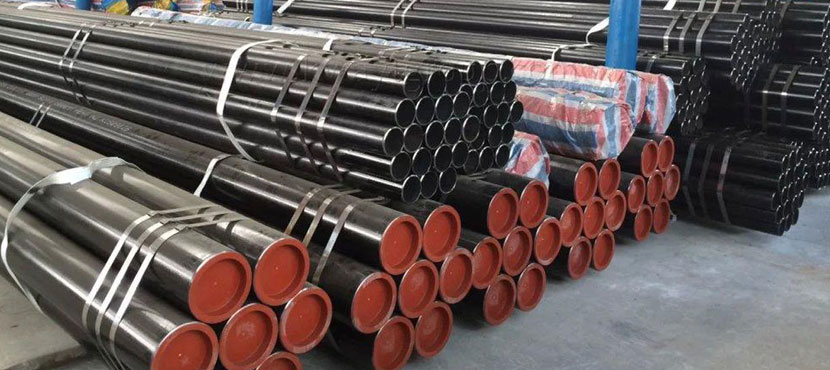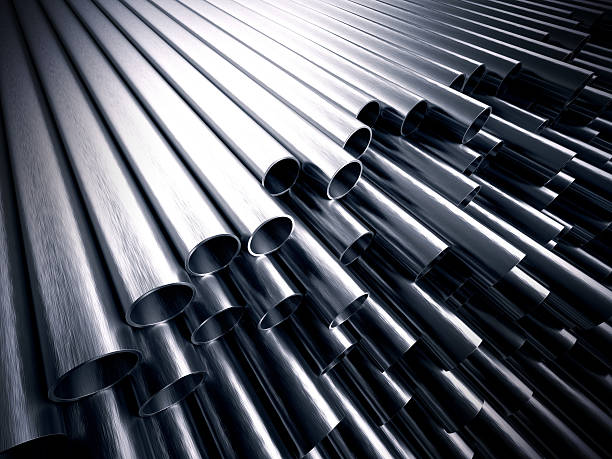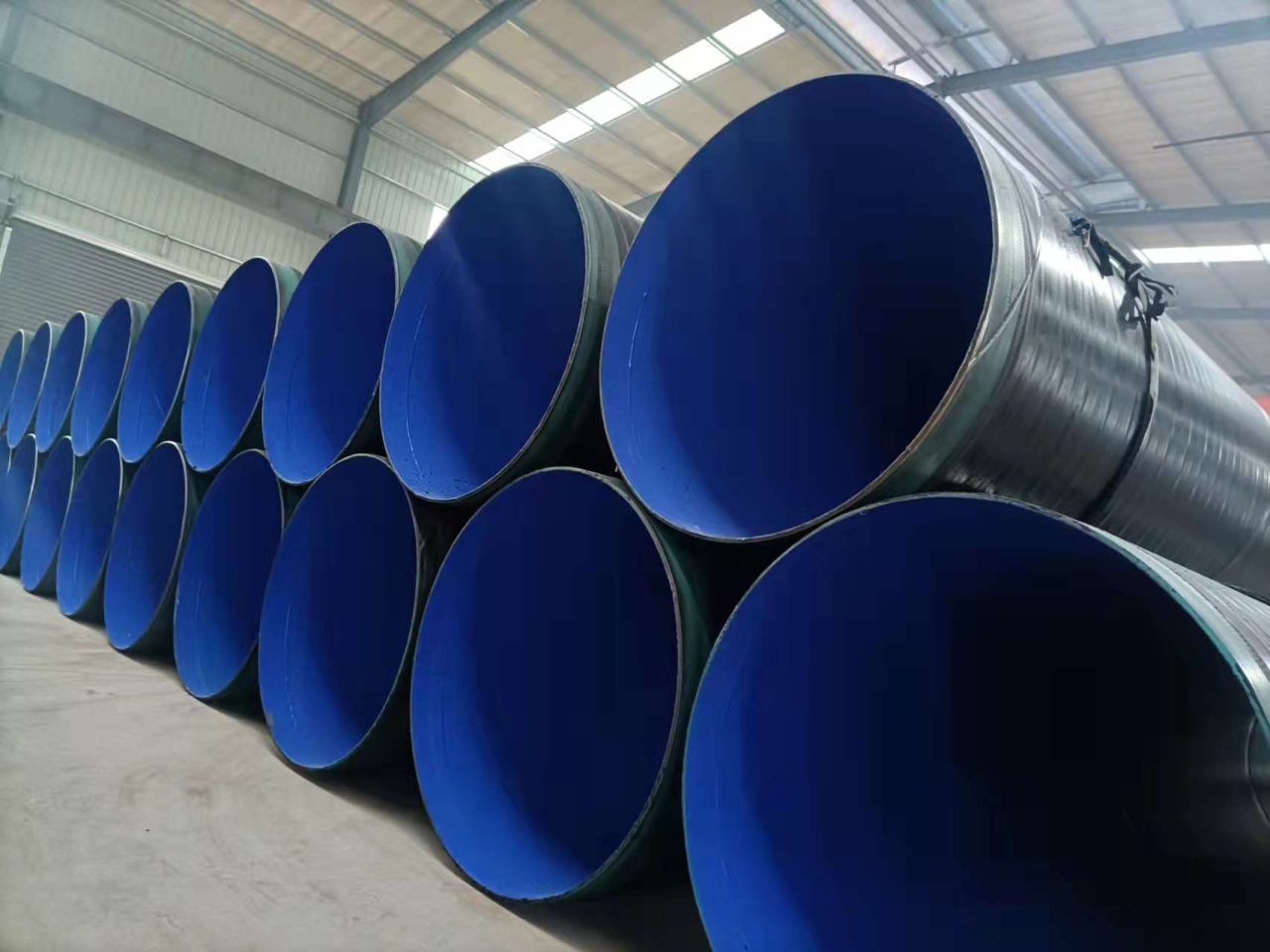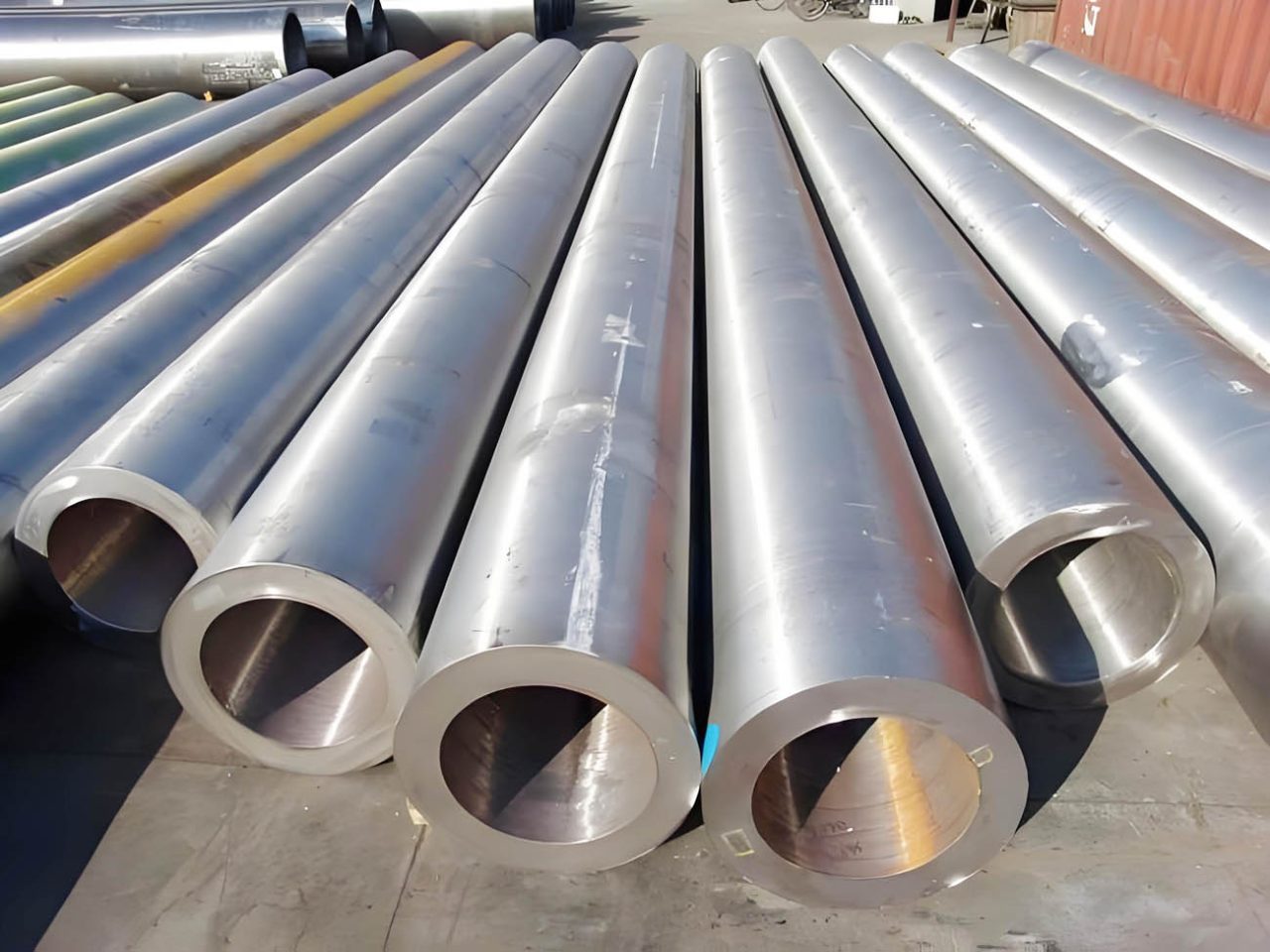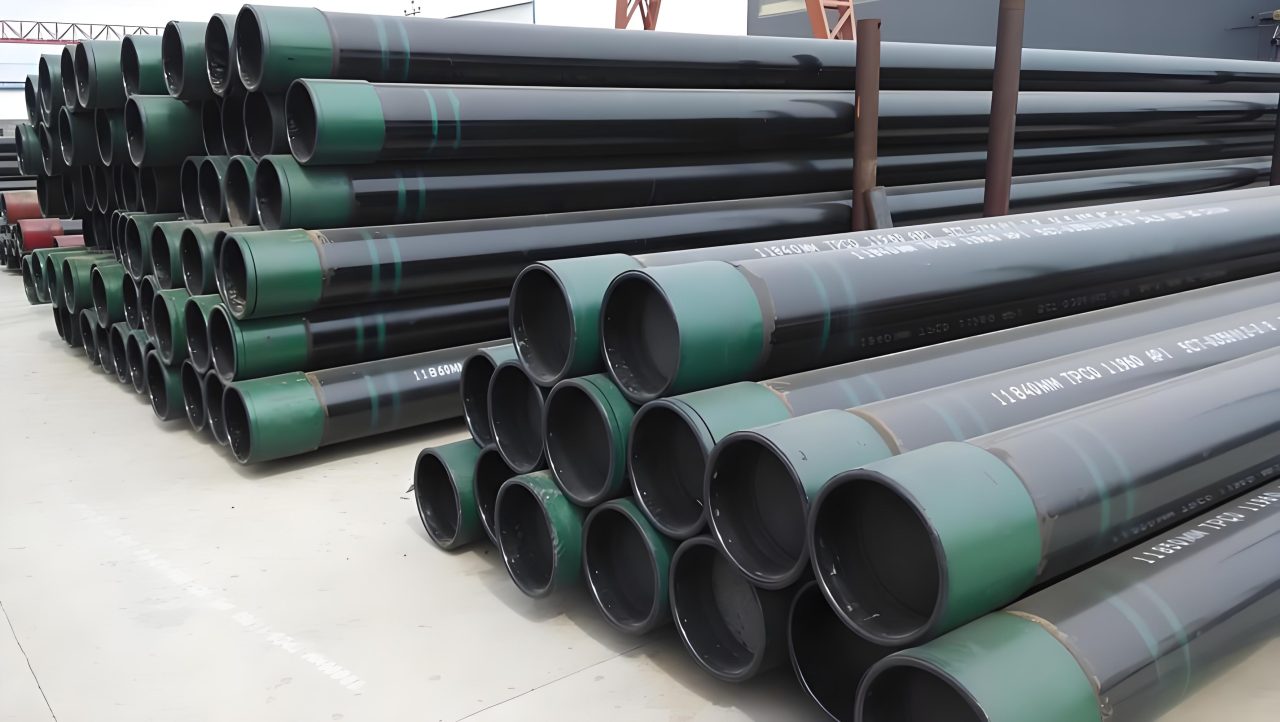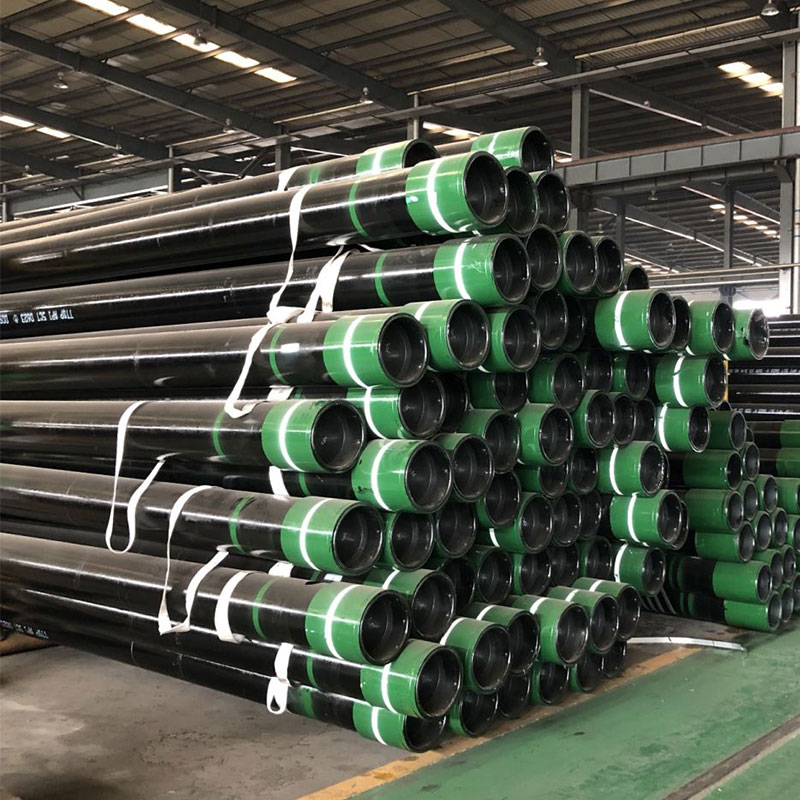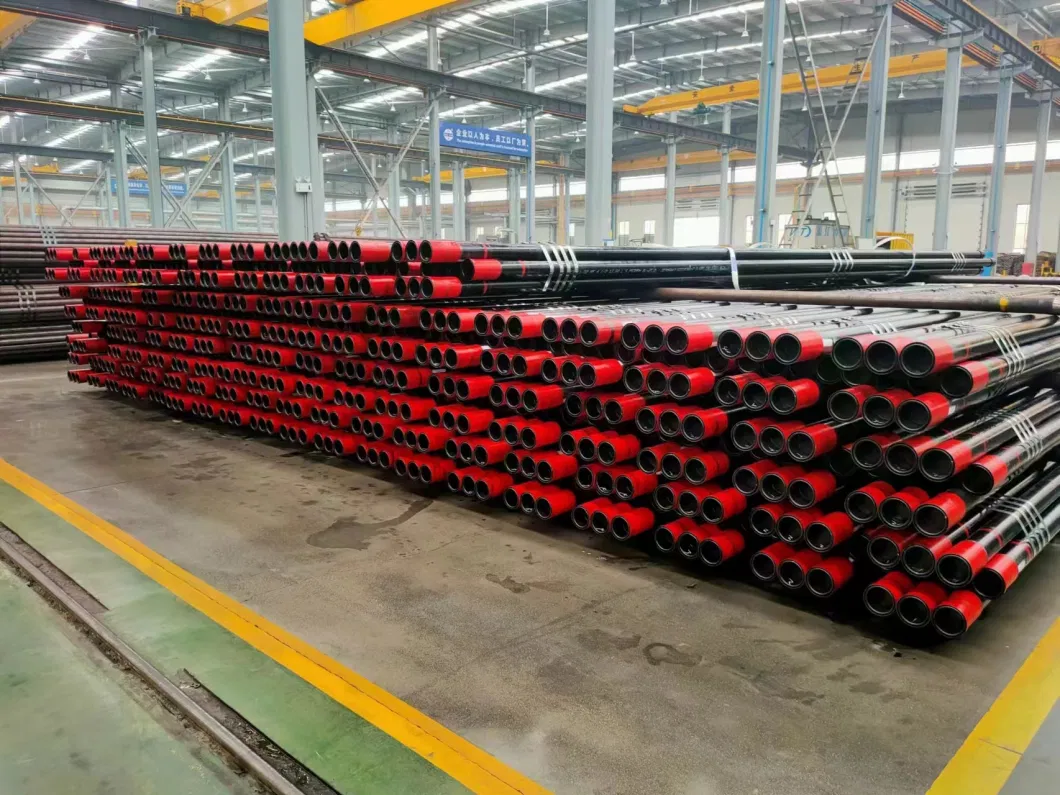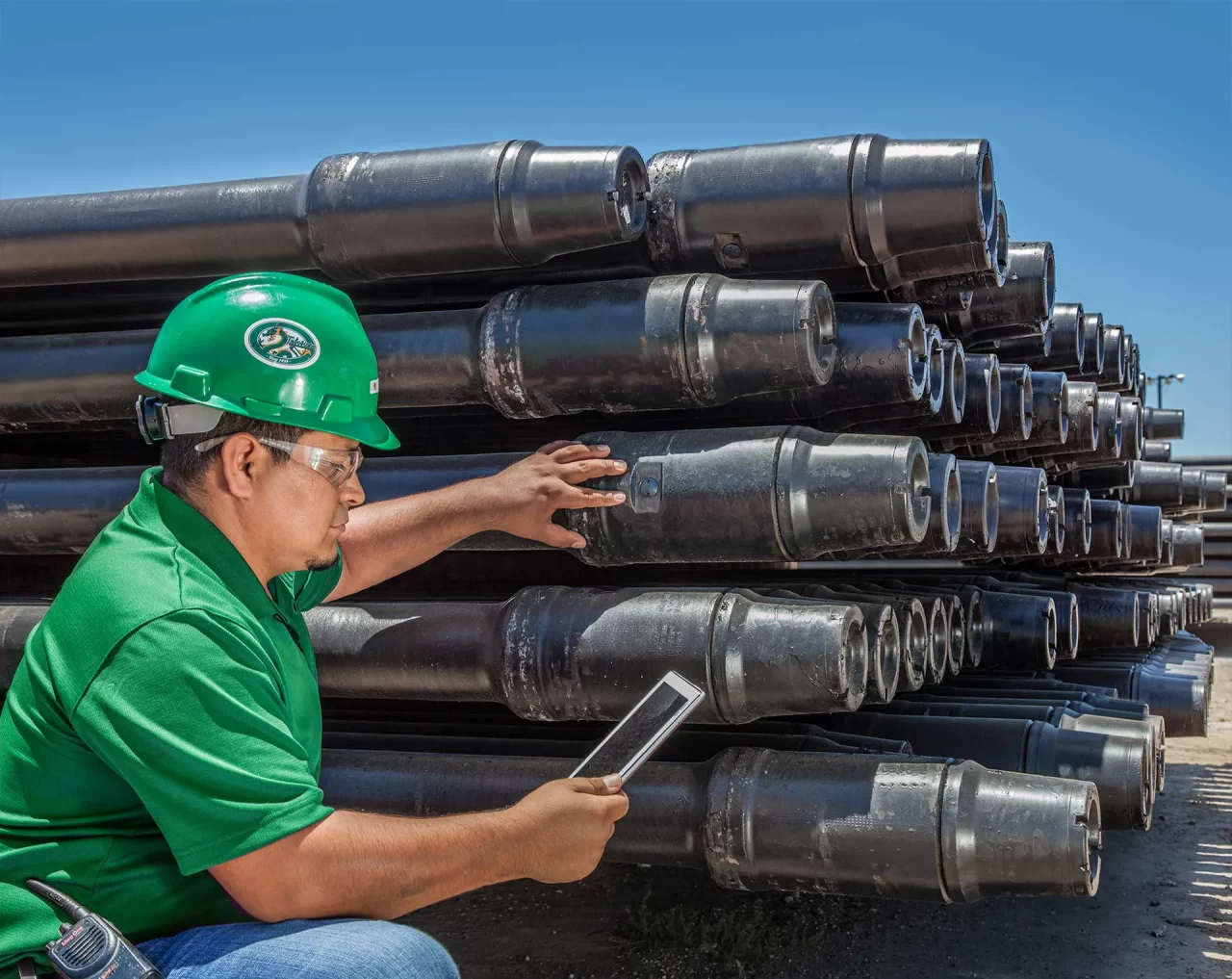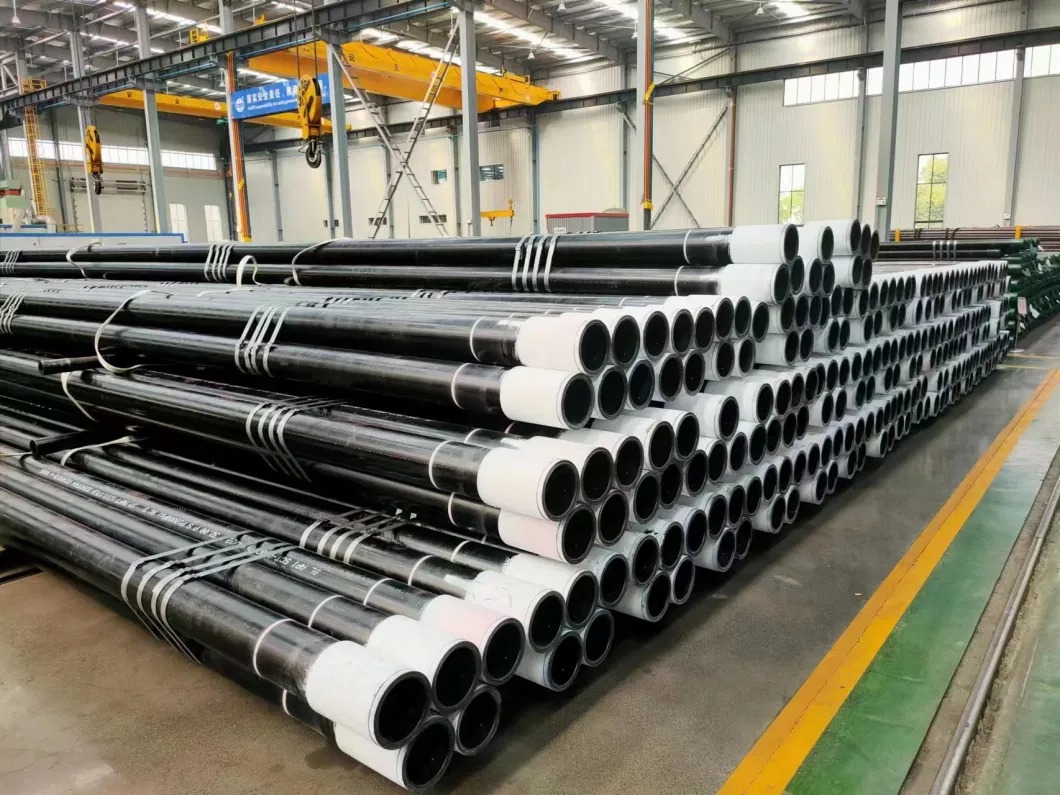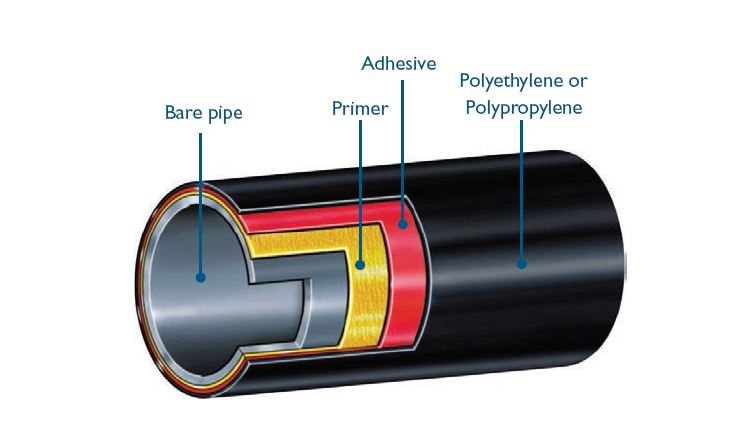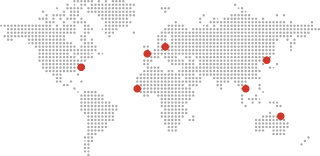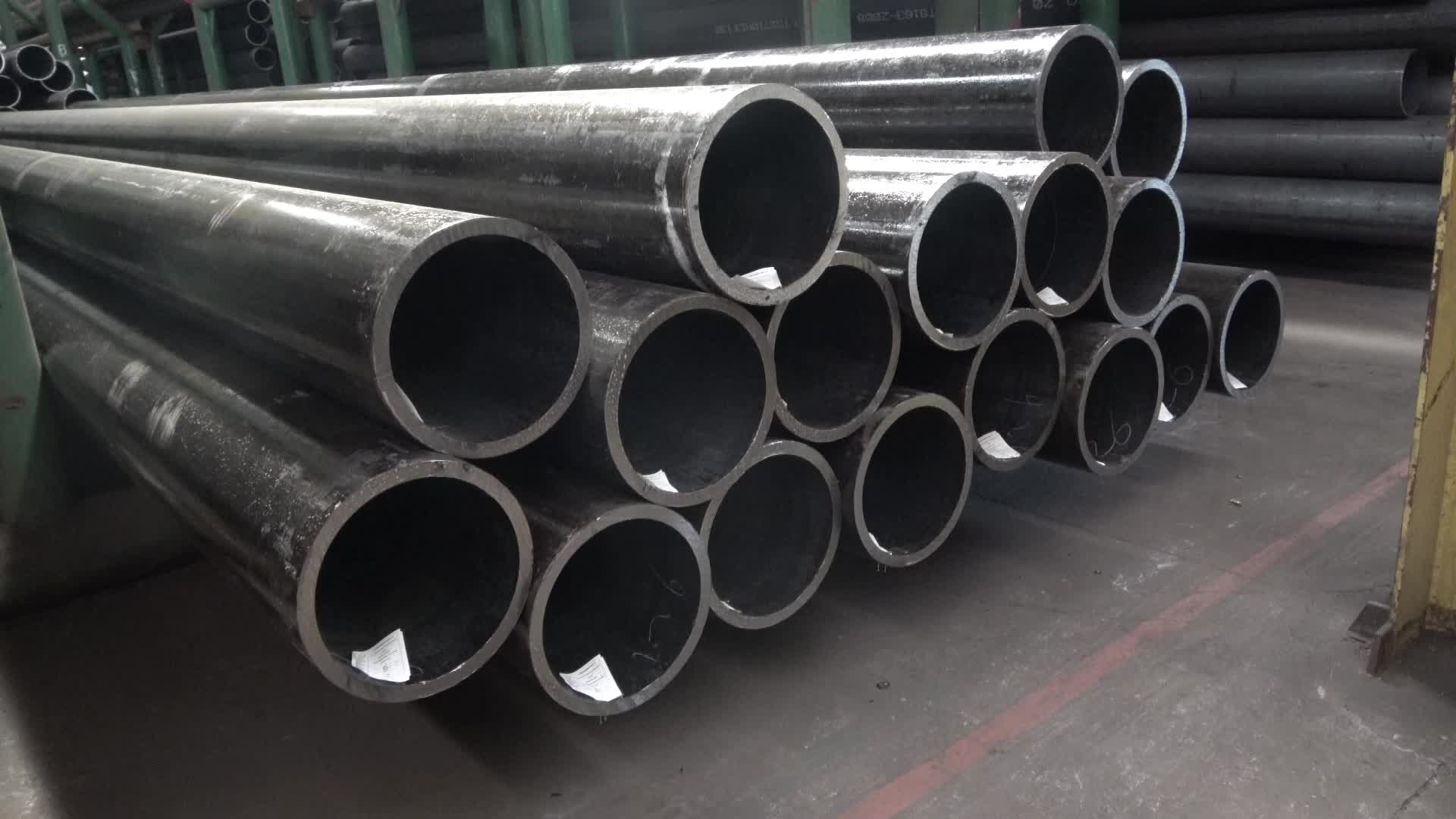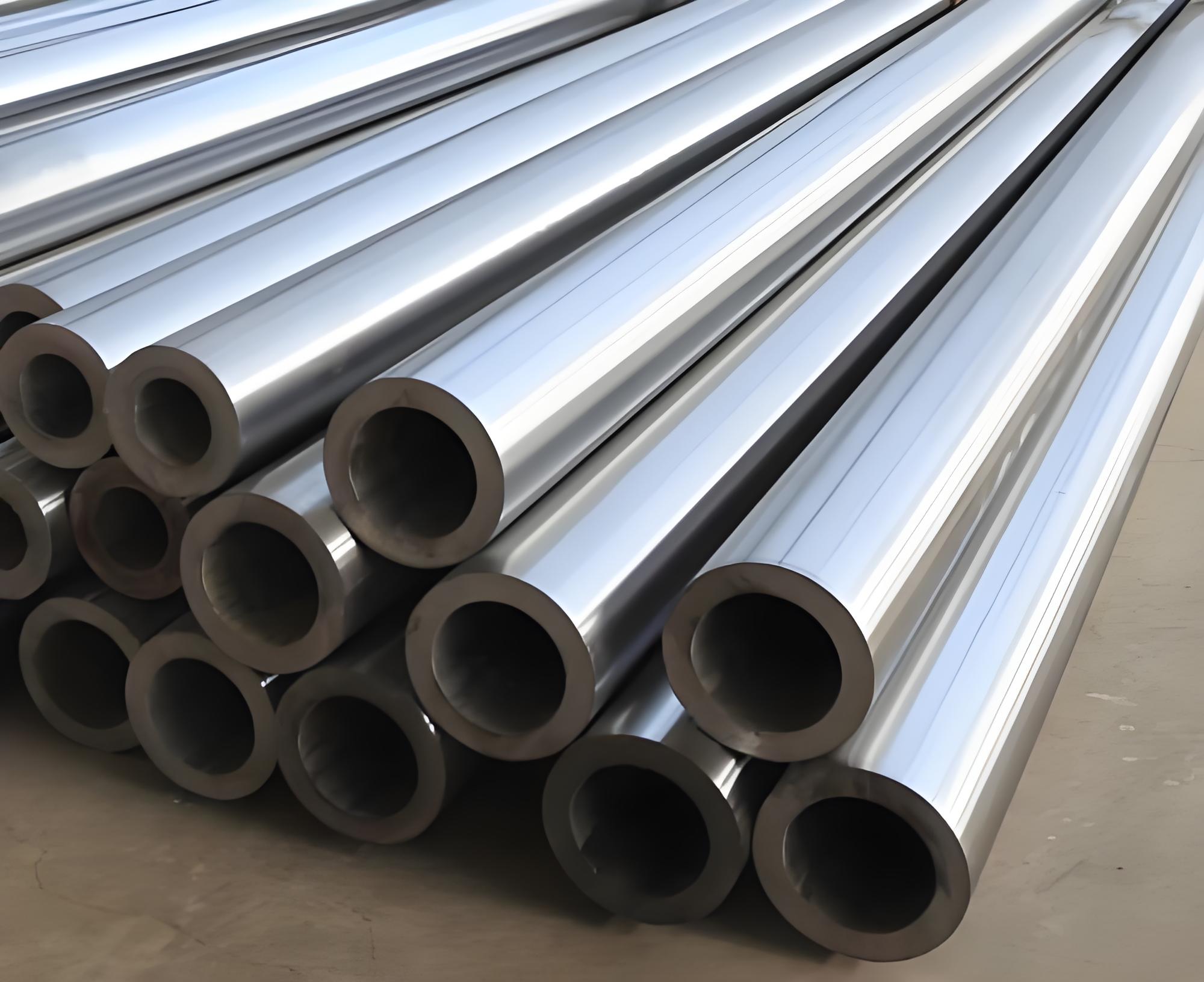ASTM A210 เกรด A1 ท่อไร้รอยต่อจะต้องทำโดยกระบวนการไร้รอยต่อหรือการเชื่อมโดยไม่มีการเติมโลหะฟิลเลอร์ในการเชื่อมการเชื่อมในการเชื่อม. ASTM A210 gr A1 CS ที่นำเสนอมีประโยชน์ในขนาดที่หลากหลายและข้อกำหนดอื่น ๆ ที่เกี่ยวข้อง, เพื่อตอบสนองความต้องการของลูกค้าที่โดดเด่นของเรา asme sa 210 GR.A1 ท่อหม้อไอน้ำที่ออกแบบตามมาตรฐานอุตสาหกรรมที่กำหนดไว้. ตามความต้องการและข้อกำหนดของลูกค้าของเรา, เรามีส่วนร่วมในการจัดหา ASME SA 210 gr. หลอดหม้อไอน้ำ A1. ซื้อหลอดหม้อไอน้ำ ASTM A210 เกรด A1 ในราคาที่สมเหตุสมผลจากเรา.
ผู้ดูแลระบบ
เมื่อเลือกระหว่างท่อโลหะผสมนิกเกิลที่ไร้รอยต่อและรอยเชื่อมสูง, พิจารณาปัจจัยต่าง ๆ เช่นข้อกำหนดความดัน, ความต้านทานการกัดกร่อน, ค่าใช้จ่าย, และขนาดความพร้อมใช้งานเพื่อให้แน่ใจว่าคุณเลือกประเภทท่อที่เหมาะสมสำหรับโครงการของคุณ. สำหรับข้อมูลเพิ่มเติมหรือความช่วยเหลือในการเลือกท่อที่เหมาะสม, ปรึกษากับผู้เชี่ยวชาญด้านวัสดุหรือซัพพลายเออร์ที่สามารถช่วยแนะนำคุณผ่านกระบวนการตัดสินใจ.
Both 3LPP and 3PE coatings provide excellent protection for steel pipelines, but they are designed for different operating conditions. 3LPP coatings, with their high-temperature resistance and superior mechanical strength, are ideal for pipelines in harsh environments or those transporting hot fluids. On the other hand, 3เคลือบพีอี, with their cost-effectiveness and good flexibility, are better suited for pipelines in moderate environments where temperature and mechanical stress are lower.
ข้อต่อเชื่อมในท่อเหล็กโลหะผสม ASTM A335 P5 ไวต่อการกัดกร่อนในรูปแบบต่างๆ, โดยเฉพาะอย่างยิ่งในสภาพแวดล้อมที่รุนแรง. กระบวนการเชื่อม, โซนได้รับผลกระทบจากความร้อน, และการบำบัดความร้อนหลังการเชื่อมล้วนมีบทบาทสำคัญในการพิจารณาพฤติกรรมการกัดกร่อนของวัสดุ. โดยใช้เทคนิคการเชื่อมที่เหมาะสม,
By following these guidelines, operators can effectively manage the integrity of corroded pipes, ensuring continued safe operation in challenging environments.
The casing pipe market is poised for growth and transformation as it adapts to evolving industry demands and technological advancements. While challenges such as raw material price volatility and supply chain disruptions persist, the market's resilience and innovation capacity offer significant opportunities for growth. As we approach 2025, the focus on sustainability, smart technologies, and advanced materials will shape the future of the casing pipe market, ensuring its continued relevance and contribution to the global energy landscape.
Connection technology for casing pipes is a critical component of well construction, ensuring the safe and efficient operation of oil and gas wells. From traditional threaded and welded connections to advanced mechanical and smart technologies, the industry continues to innovate to meet the demands of increasingly challenging environments. By selecting the appropriate connection technology and adhering to best practices, operators can optimize well performance, enhance safety, and extend the lifespan of their wells.
The phases of drilling, ปลอก, and tubing are integral to the successful development of an oil or gas well. Each phase requires careful planning, precise execution, and adherence to safety and environmental standards. By understanding and effectively managing these phases, operators can optimize production, minimize risks, and ensure the longevity of the well. As technology advances, new techniques and materials continue to enhance the efficiency and safety of these operations, contributing to the ongoing evolution of the oil and gas industry.
Well casing pipe damage poses significant challenges to the integrity and efficiency of wells. Understanding the causes of damage and employing appropriate repair technologies are essential for maintaining safe and effective operations. From corrosion and mechanical stress to seismic activity and abrasive wear, various factors can contribute to casing damage. By utilizing a combination of traditional repair methods and advanced technologies, operators can effectively address these issues and extend the lifespan of their wells. นอกจากนี้, implementing preventive measures and best practices can help minimize the risk of damage and ensure the continued success of well operations. As technology continues to evolve, new solutions and materials will further enhance the ability to prevent and repair well casing pipe damage, contributing to the sustainability and safety of the oil and gas industry.
โดยสรุป, ในขณะที่ทั้งการเคลือบและซับในนั้นจำเป็นสำหรับการปกป้องท่อ, พวกเขามีวัตถุประสงค์ที่แตกต่างและถูกนำไปใช้ในบริบทที่แตกต่างกัน. การเคลือบมุ่งเน้นไปที่การป้องกันภายนอก, การป้องกันท่อจากปัจจัยด้านสิ่งแวดล้อม, ในขณะที่ซับในที่อยู่การป้องกันภายใน, การปกป้องท่อจากสารที่พวกเขาพกพา. ทั้งสองกระบวนการให้ประโยชน์ที่สำคัญ, รวมถึงความต้านทานการกัดกร่อน, เพิ่มประสิทธิภาพการไหล, และยืดอายุการใช้งาน. ในขณะที่เทคโนโลยียังคงก้าวหน้า, ประสิทธิภาพและความยั่งยืนของวิธีการเคลือบและซับในนั้นคาดว่าจะดีขึ้น, สร้างความมั่นใจในความน่าเชื่อถือและความปลอดภัยอย่างต่อเนื่องของระบบท่อในอุตสาหกรรมต่างๆ.

